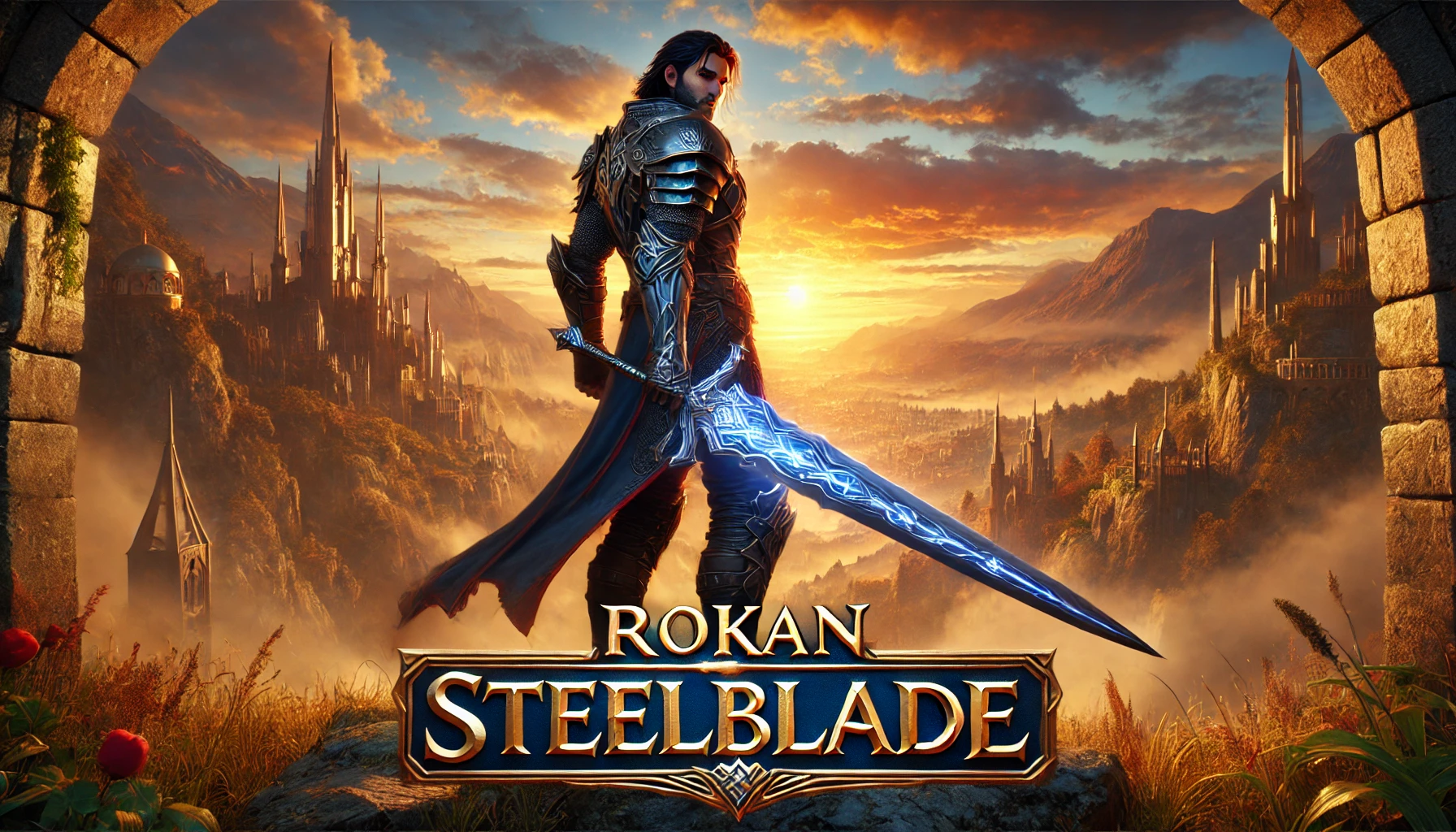Creative writing thrives on originality and emotional resonance. Among various techniques, “atywin” stands out as a fascinating approach. Atywin focuses on blending abstract thought, tangible imagery, and intentional narrative weaving, offering unparalleled creative potential. The art of atywin, its methods, and its transformative impact on storytelling.
What is Atywin?
Atywin is more than a creative writing style; it’s an approach combining abstract concepts with tangible, immersive storytelling. Writers using atywin strive to evoke emotional responses while encouraging readers to reflect deeply. This method often requires careful word choice and symbolic representation to convey layered meanings.
At its core, atywin merges creative freedom with structured storytelling, allowing writers to craft meaningful, multi-dimensional narratives. Unlike conventional storytelling, it doesn’t shy away from ambiguity or surrealism. Instead, it embraces complexity, ensuring stories remain engaging yet open to interpretation.
Key Elements of Atywin Writing
- Abstract Imagery
Abstract imagery forms the foundation of atywin, allowing writers to present ideas in a unique and intriguing way. Instead of describing a setting directly, atywin writers paint abstract pictures, blending emotions and visuals. For example, a sunset might be depicted as “a blazing horizon dissolving into whispers of twilight’s despair.”
Using abstract imagery encourages readers to imagine the scene differently, creating a personalized interpretation. This approach keeps the narrative dynamic and exciting, ensuring engagement throughout the piece.
- Symbolic Storytelling
Atywin heavily relies on symbolic storytelling, where objects, characters, or events represent deeper meanings. This element allows writers to infuse their stories with layers of interpretation.
For instance, a journey through a dark forest might symbolize personal growth or overcoming internal struggles. By embedding symbols into the narrative, atywn writers connect with readers on emotional and intellectual levels simultaneously.
- Narrative Fluidity
Atywin encourages narrative fluidity, blending timelines, perspectives, and tones seamlessly to create engaging and unpredictable stories. Writers using this technique often shift between past and present, reality and fantasy, without warning.
This fluidity mirrors the unpredictable nature of human thought and emotion, making the narrative more relatable. Readers feel drawn into the story, as if experiencing the protagonist’s journey themselves.
The Craft of Atywin: How to Write Effectively
- Embrace Creative Freedom
Atywin invites writers to explore their imagination without boundaries, allowing ideas to flow without immediate judgment. During the initial drafting process, focus on capturing emotions and abstract thoughts. Later, refine these ideas into cohesive storylines.
- Experiment with Structure
While traditional narratives follow linear structures, atywn encourages experimentation with unconventional formats. Writers might use fragmented sentences, shifting timelines, or nonlinear progression to maintain interest.
For example, consider starting your story with a climactic moment, then unraveling the events leading up to it. This structure keeps readers intrigued and invested in uncovering the narrative’s full meaning.
- Use Metaphors and Analogies
Metaphors and analogies are powerful tools in atywin writing, helping convey complex ideas through relatable comparisons. Atywin thrives on symbolic language, allowing writers to communicate abstract concepts vividly.
For instance, describing loneliness as “a cavern echoing with the absence of sound” evokes powerful imagery and emotional depth.
Benefits of Atywin in Creative Writing
- Engages Readers Deeply
Atywin challenges readers to interpret the narrative actively, making the reading experience immersive and intellectually stimulating. Instead of passively consuming the story, readers become co-creators, infusing their interpretations into the narrative.
- Encourages Emotional Connection
By blending abstract imagery and symbolic storytelling, atywn creates a profound emotional connection between the reader and the narrative. Reader often resonate with the underlying themes and emotions, even if they interpret the story differently.
- Breaks Conventional Boundaries
Atywin’s flexibility enables writers to break free from traditional storytelling norms, crafting unique narratives. This freedom helps writers explore unconventional themes, settings, and characters.
Overcoming Challenges in Atywin Writing
- Balancing Abstract and Concrete Elements
While atywin embraces abstraction, maintaining clarity is essential to ensure readers remain engaged. Overuse of abstract language might alienate readers, making the story difficult to follow.
Writers should aim to balance abstract descriptions with concrete details. For example, pair an abstract image of “hope fluttering like a trapped moth” with a tangible scene involving light piercing through a window.
- Refining Narrative Structure
Although atywin encourages nonlinearity, chaotic storytelling might confuse readers. Writers must ensure the narrative flows logically, even if the timeline or perspective shifts.
Using consistent themes or motifs can help anchor the reader, providing a sense of cohesion amid the narrative fluidity.
- Understanding Audience Reception
Atywin might not appeal to all readers, especially those preferring straightforward storytelling. Writers should understand their target audience and adapt their style accordingly.
For broader appeal, consider blending atywn elements with conventional storytelling techniques. This hybrid approach can make the narrative accessible without compromising creativity.
Examples of Atywin in Modern Literature
Several renowned authors incorporate atywn-like techniques, blending abstract imagery, symbolism, and fluid narratives. Books like The Ocean at the End of the Lane by Neil Gaiman or The House of Leaves by Mark Z. Danielewski showcase these elements effectively.
Such works often challenge traditional storytelling norms, inviting readers into worlds that are both surreal and emotionally resonant. By studying these examples, aspiring writers can gain inspiration and refine their craft.
Conclusion
Atywin offers a unique and rewarding approach to creative writing, emphasizing abstract thought, symbolic storytelling, and narrative fluidity. While challenging, mastering this style allows writers to craft compelling, thought-provoking stories that resonate deeply with readers.
By embracing atywin, writers push the boundaries of storytelling, exploring new dimensions of creativity. Whether experimenting with abstract imagery, blending timelines, or weaving symbolism into narratives, atywin inspires limitless possibilities. Aspiring writers should delve into this captivating style, discovering its potential to transform their storytelling journey.











